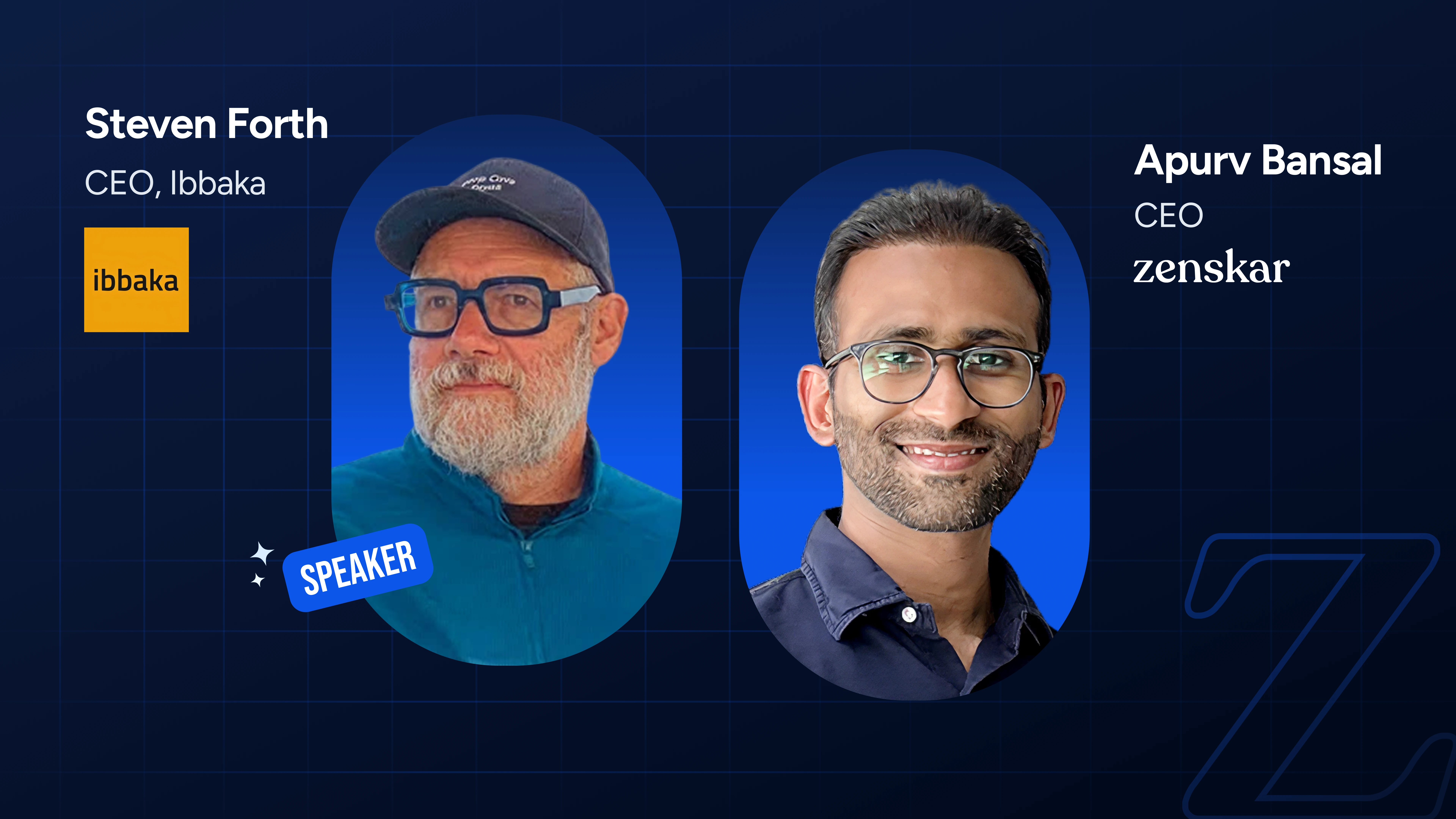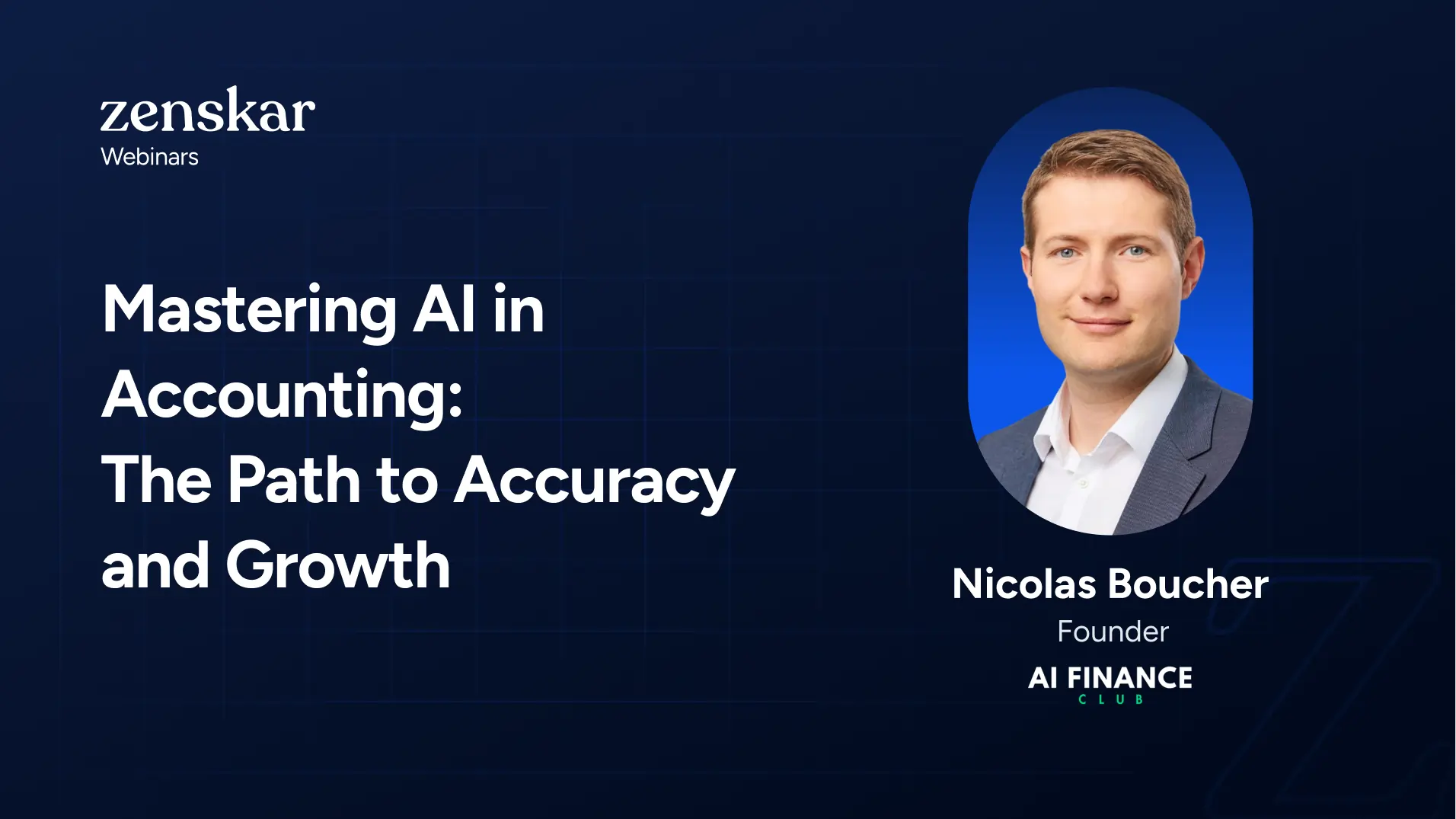In this in-depth conversation with Madhu Jagannathan, a seasoned 3x CFO, finance professionals gain firsthand insights into the evolving role of finance in business strategy. From transitioning into leadership to partnering with sales and implementing scalable systems, Madhu shares real-world experiences that highlight how finance can be both a growth driver and a control function.
What you will learn ?
- Developing a CFO Mindset: How to build strategic thinking and leadership early in your career.
- Evolving Finance Roles: Moving from operational tasks to driving strategic impact.
- Leading with Influence: Collaborating with other CFOs at CFO exchanges to lead without relying on authority.
- Scaling Finance Functions: Growing from basic bookkeeping to strategic finance.
- Finance as a Sales Partner: Supporting growth while maintaining control and compliance.
- Tools, Metrics & Systems: Choosing the right systems and focusing on meaningful metrics.
Why should you attend?
- Learn from a 3x CFO: Gain firsthand insights from Madhu Jagannathan’s real-world experience leading finance teams through growth, transformation, and strategic change.
- Elevate your finance role: Discover how to shift from operational execution to strategic influence and become a true partner in business growth.
- Build leadership without authority: Understand how to lead cross-functional initiatives, collaborate with sales, and drive decisions through influence.
- Scale finance with purpose: Learn how to implement scalable systems, select the right metrics, and build a future-ready finance function.
Who should attend?
This session is tailored for aspiring CFOs, finance managers, controllers, FP&A professionals, and finance transformation leaders looking to elevate their impact and contribute strategically to business growth.
Speaker:
Madhu Jagannathan - A three-time CFO with over 20 years of experience leading finance teams and driving business strategy. Madhu has held leadership roles at Lob, INRIX, ChefSteps, Qumulo, and Dropbox, with deep expertise in planning, P&L, compliance, and operations. A Chartered Accountant and commerce graduate from Bangalore University, Madhu is known for building strong teams and aligning finance with business growth.
Webinar Summary
1. How did you move from accounting to strategic finance early in your career?
At Vio Technologies, I had just 2–3 years of experience when I asked my Chief Financial Officer to consider me for a strategic finance role. I thought I would be rejected, but instead, he gave me a chance. I had spent months learning how the business worked—its customers, positioning, and competition. I also showed initiative by speaking to mentors across the company and learning from them. It was not about titles. It was about staying curious and being useful to the business. That opened the door.
2. What mistake did you make early in billing operations, and what did it teach you?
At age 21, I led the billing and accounts receivable system at Vio with no leadership experience. We relied on Excel macros to generate invoices from time sheets, which were often wrong. I proposed centralizing all invoice coordinators to fix the issue, but my Chief Financial Officer rejected it. So I emailed the coordinators directly, asked for their help, and gave examples of common errors. That led to better collaboration, fewer errors, and an in-person meeting that changed everything. I learned you do not need formal authority to lead.
3. How can someone influence billing improvements if they are not the decision-maker?
Start with real data—showing examples of incorrect invoices and how they impacted customer trust. Nobody in a company wants to see errors in billing. These mistakes create extra work for customers and affect the brand. When you bring proof—like service tickets or customer complaints—it becomes easier to convince sales, engineering, and product teams to support a change. Billing is a shared responsibility, and framing it as a customer trust issue gets people aligned.
4. How do you get cross-functional buy-in for finance initiatives?
Understand what each team optimizes for. Sales focuses on booking new customers. Customer Success focuses on retention metrics like Net Revenue Retention. They sometimes make decisions—like signing custom contracts or offering free trials—that create complexity for accounting. Once I realized this at Lob, I worked proactively with these teams. The goal was not to block them but to help them achieve their targets without breaking our billing or General Ledger setup.
5. How should metrics change as the company grows?
Do not over-engineer your metrics. I have seen teams spend days preparing for weekly reviews instead of analyzing the data. At Lob, our early dashboards became too complex and manual. We reduced the number of metrics and focused only on what was important at that stage—like cash burn or Net Revenue Retention. We also built systems that made reporting consistent and fast. That gave us more time to actually understand the numbers and act on them.
6. At what stage does a company need to hire a Chief Financial Officer?
In early stages, you may only need a Director of Finance or Vice President of Finance—especially if you need help with modeling, forecasting, and hiring. But once the company hits scale, thinks about an exit, or needs to raise money, you need a Chief Financial Officer. A Chief Financial Officer can guide investor conversations, evaluate exit strategies, and bring a long-term view. At Lob, the company was dealing with a complex usage-based billing system, and that required Chief Financial Officer-level oversight.
7. Who is the right person to lead billing system selection?
The Controller is usually the best person to evaluate and implement a billing system. They understand operational needs, technical accounting, revenue recognition system, and how billing connects to the General Ledger and accounts receivable system. At Lob, our Controller worked closely with Engineering and Sales to make sure the system could support usage-based pricing, tax logic, and integrations with the Enterprise Resource Planning system. The Chief Financial Officer supports this decision but should not lead it alone.
8. What revenue recognition challenges led you to replace your billing system at Lob?
Lob had both subscription and usage-based revenue. We also had volume-based pricing, multiple Stock Keeping Units, and complex sales tax rules. Our homegrown billing system could not handle all this. When we changed one part of the code, something else would break. Hundreds of invoices would go out with errors. That is what pushed us to adopt a more robust system—to stay compliant with revenue recognition rules and avoid invoice errors at scale.
9. What finance automation had the biggest impact at Lob?
We implemented a Configure Price Quote system. Before that, our quoting process was managed on Slack, spreadsheets, and email. This caused delays, version control issues, and misaligned contract terms. The Configure Price Quote tool gave us structured workflows, timestamped actions, and control over custom pricing approvals. This cut errors and gave Finance full visibility before a deal was signed. It was the most impactful automation investment we made.
10. How did you measure success after implementing the Configure Price Quote tool?
Before the Configure Price Quote tool, our quoting process was scattered and slow. Sales reps would ping deal desk over Slack, and responses took days. Now everything is tracked. We measured time from quote request to delivery. The Configure Price Quote tool helped reduce that time significantly. Sales could respond to customers faster, and Finance could ensure contract accuracy before billing or revenue recognition. We also avoided last-minute surprises in invoices.
11. How can Finance help Sales close difficult deals without taking on too much risk?
At Vio, we had a high-stakes deal with General Motors that required a physical office in Detroit. Our model was offshore delivery—this broke it. Sales wanted to pursue the deal. I flew to Detroit, met procurement, and realized they would not bend. I proposed setting up a center in Windsor, Canada—same time zone, lower cost. I modeled payback and took personal ownership of the risk. This showed Finance can say “yes” creatively, not just “no” by default.
12. What is your final advice to Chief Financial Officers working closely with Sales?
Listen to customer calls—especially renewals, upsells, and churn cases. These are often recorded and transcribed. At Lob, I asked Sales for good and bad call examples and listened in. This helped me understand objections, pricing concerns, and friction in the order-to-cash system cycle. If you want to support Sales, do not guess—hear the customer directly. It builds empathy and makes Finance more effective at enabling—not slowing down—the revenue process.

















.webp)
